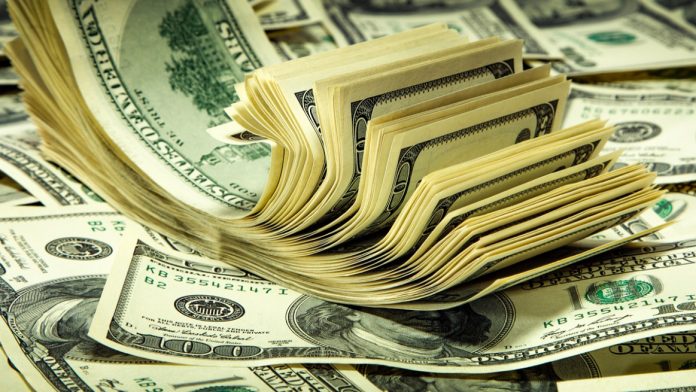After starting the week at US$1.3170, the pound briefly spiked to a month high of US$1.3176 before tumbling for the rest of the week. The pair plummeted to a nadir of $1.2866 before closing the week at the key psychological level of US$1.30.
Brexit concerns were the biggest driver for the pound in the previous week. Cross party talks between the government and the Labour party are reportedly close to collapsing. Demand for the pound also came under pressure after it was announced that he UK would be taking part in the European Parliamentary elections on May 22nd.
Given her failure to deliver on Brexit, Prime Minister Theresa May has been under growing pressure to hand in her resignation or at least set a departure date. So far, she has refused to do so, insisting on finding a way to get Brexit done first.
Theresa May will come under renewed pressure this week after opinion polls released over the weekend showed that Nigel Farage’s Brexit party received a surge of support. These polls highlighted the scale of the threat that the Brexit party posses to the Conservatives not just in the European Elections but also in a possible general election. Should UK Conservatives look to oust Theresa May, the big fear for pound traders is who will take over and the likelihood of a hard Brexit.
| Why is a “soft” Brexit better for sterling than a “hard” Brexit? |
|---|
| A soft Brexit implies anything less than UK’s complete withdrawal from the EU. For example, it could mean the UK retains some form of membership to the European Union single market in exchange for some free movement of people, i.e. immigration. This is considered more positive than a “hard” Brexit, which is a full severance from the EU. The reason “soft” is considered more pound-friendly is because the economic impact would be lower. If there is less negative impact on the economy, foreign investors will continue to invest in the UK. As investment requires local currency, this increased demand for the pound then boosts its value. |
The pound picked up slightly on Friday following UK GDP data. The UK economy grew 0.5% quarter on quarter, in line with analysts’ expectations. There is no UK data due to be released today.
Trade Tensions Take Central Stage
The dollar found some support from the escalation of the US — Chinese trade war. President Trump increased tariffs on $200 billion dollars’ worth of Chinese imports to 25% from 10%. As tensions between the two powers ratcheted up once again, investors looked towards the dollar for its safe haven properties.
However, the dollar’s benefit from the escalating trade tensions was limited. Investors also started to fear what the impact of the increase tariffs would be on the US economy. This coupled with weaker than forecast US inflation has increased concerns that the Fed may be looking to cut interest rates at some point.
| Why do raised interest rates boost a currency’s value? |
|---|
| Interest rates are key to understanding exchange rate movements. Those who have large sums of money to invest want the highest return on their investments. Higher interest rate environments tend to offer higher yields. So, if the interest rate or at least the interest rate expectation of a country is relatively higher compared to another, then it attracts more foreign capital investment. Large corporations and investors need local currency to invest. More local currency used then boosts the demand of that currency, pushing the value higher. |
Investors will remain glued to trade dispute developments and the potential impact on the US economy.
This publication is provided for general information purposes only and is not intended to cover every aspect of the topics with which it deals. It is not intended to amount to advice on which you should rely. You must obtain professional or specialist advice before taking, or refraining from, any action on the basis of the content in this publication. The information in this publication does not constitute legal, tax or other professional advice from TransferWise Inc., Currency Live or its affiliates. Prior results do not guarantee a similar outcome. We make no representations, warranties or guarantees, whether express or implied, that the content in the publication is accurate, complete or up to date. Consult our risk warning page for more details.
This article was initially published on TransferWise.com from the same author. The content at Currency Live is the sole opinion of the authors and in no way reflects the views of TransferWise Inc.





